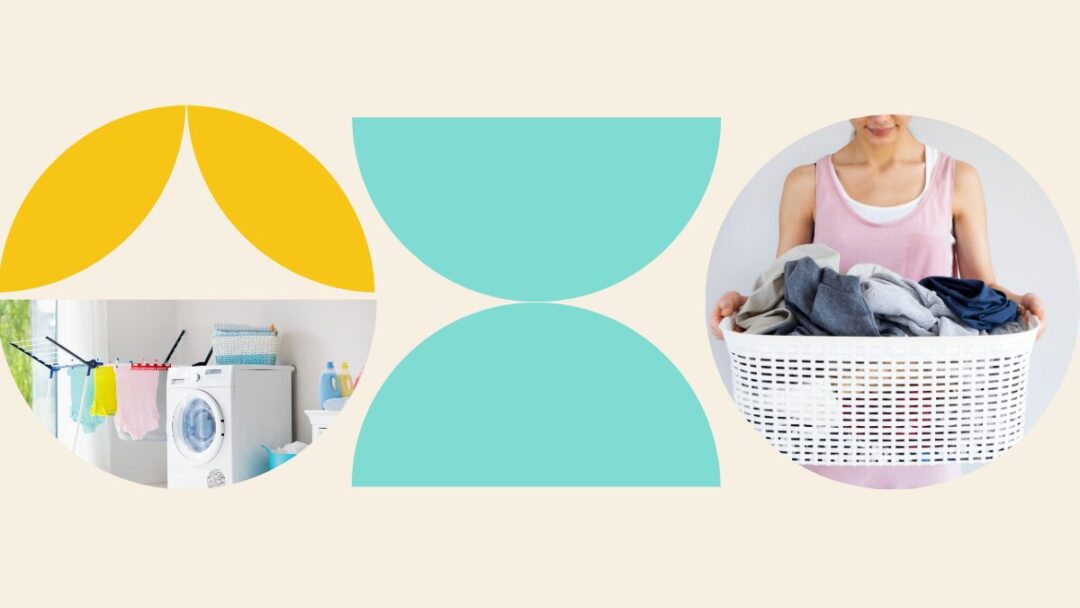Clean windows allow more warmth and light into your home while providing a clear view of your surroundings. Streak-free windows can make your entire house look cleaner too. While there are many commercial window cleaners, one of the best household cleaners is vinegar. You may already have vinegar in your pantry. Vinegar safely kills germs and is more economical than commercial cleaners; it is also not harmful if inhaled or ingested. Vinegar is not only a great cleaner for your windows, but it can also be used to clean your iron, your mattress and washing machine. Cleaning windows without leaving water marks, streaks and scratches may be tricky, but cleaning windows with a vinegar solution will almost always make your windows streak-free and crystal clear. To help you easily clean your windows hassle-free and enjoy the view through sparkling windows, follow these cleaning tips.
Alternatively, if your lifestyle is too busy to find the time to clean your windows, you can have your windows professionally cleaned by a trusted SweepStar.
Clean Your Windows With Vinegar In 5 Simple Steps
Vinegar’s acidic composition helps break down the streaky film that can accumulate on your windows.
Before you begin the cleaning process, it’s important to dust your windows first. If dust is left on your windows, it could scratch them. Use a dry cloth or paper towel to remove dust from the window. Then lay a towel down underneath the window to catch any drops of liquid during cleaning.
- Combine one part distilled vinegar to ten parts warm water, and pour the solution into an empty spray bottle.
- Start by spraying the top half of the window with the vinegar solution, rub in circular motions with a lint-free cloth and work your way down. Add more vinegar as you move on. Or, apply a generous amount of cleaner to a cloth or paper towel to avoid getting vinegar on wood or fibreglass finishes; if vinegar lands on them they could discolour.
- You should try to work as quickly as possible after spraying the cleaning solution; taking too much time can result in more streaks on your window.
- To dry your windows, use a microfiber cloth to wipe in vertical lines from bottom to top, or wipe from top to bottom with a squeegee. You’ll want to do this quickly after cleaning the windows to prevent streaking. If you have multiple windows, you should clean one at a time. Don’t spray all of them at once.
- If there are remaining streaks, rinse the windows with clean water.
Cleaning Larger Windows
- For windows that are too large to clean with a spray bottle, you should mix a more diluted cleaning solution in a bucket, combining approximately 1 part vinegar and 10 parts water.
- Then, dip a sponge into the solution and wipe your window with the solution. Remember to do this quickly to avoid streaks.
- Dampen a squeegee and clean the solution from your windows by wiping from the top down. After each swipe, wipe the edge of the squeegee to prevent dripping.
Clean The Rest Of The Window
Once your home has clear, clean window panels, finish the job by cleaning the rest of the windows. Dirt, dust, and grime can build up on the frames which can get inside the tracks and other functioning parts of your window. It can make your window stuck or stop it from working.
- Go over the window frame, sill, and track with the brush attachment on your vacuum, or a dry brush, to remove dirt and debris.
- Wipe excess grime with a cloth or paper towel and warm soapy water.
- With another clean, dry cloth, or paper towel, dry everything thoroughly.
- For tougher stains or deposits, apply some methylated spirits and gently scrub these areas.
- Use a soft bristle brush to clean out weep holes on the interior and exterior of your windows.
Always clean the entire window and all of its other parts to make sure they look great and work properly too. Clean your windows regularly so they can let brightness and warmth into your home, and you can see clearly out of them. If you’re not so confident with the task, don’t worry, you can always call on SweepSouth for your cleaning and maintenance challenges and needs.








